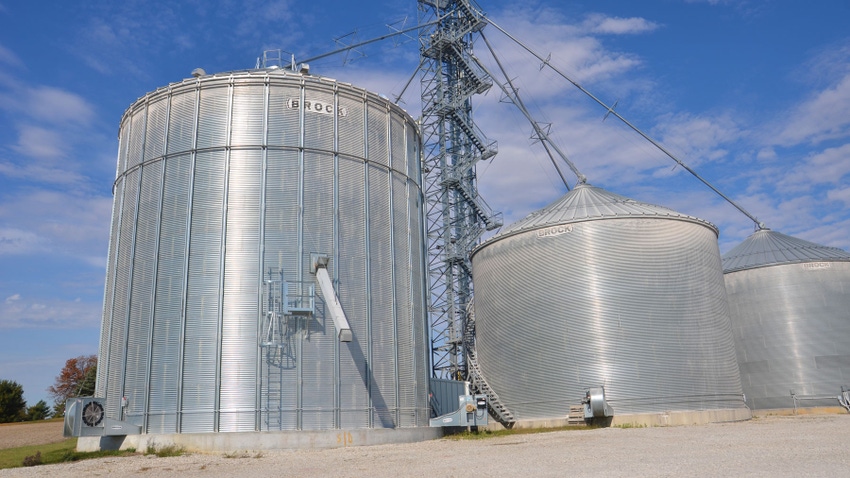
Anyone who doesn’t know Bill Field might think the Purdue Extension farm safety specialist was kidding when he said: “Many groups donate grain rescue tubes to volunteer fire departments so they can be better prepared to save someone entrapped in a grain bin incident. Perhaps they ought to provide grain moisture testers for farmers instead.”
Field may spin a yarn now and then or make a tongue-in-cheek comment, but he was serious when he made this statement. And why not? He and his staff issue an annual report on U.S. Agricultural Confined Space-Related Injuries and Fatalities every year. He issued the 2022 summary just before making his comment, and it wasn’t encouraging.
There were no fewer than 42 grain-related entrapments in 2022, a 44% increase over 2021 — over 44%! It was the highest number of grain entrapments in over a decade.
If there was any good news in the report, it was that the five-year running average of 34.8 grain entrapments, up from 31 in 2021, was still below the peak of 40.4 in 2011. Of reported entrapment cases in 2022, 35.7% resulted in a fatality, lower than the five-year average.
“We’ve made strides over the years, but obviously, we have a long way to go,” Field says. “Seeing a rise such as we saw last year is not encouraging.”
Finding the cause
So, why would Field make a comment that providing farmers with grain moisture testers could be part of the solution? He wasn’t disparaging the efforts of those who raise money to help provide fire departments with grain rescue tubes. When used correctly, those tubes can make the rescue of someone trapped in grain more efficient and effective.
The catch-22, Field believes, is that grain rescue tubes address the problem on the back end, after a grain entrapment occurs. He would like to see people address it on the front end. What can be done so farmers and their employees don’t ever wind up trapped in bins?
Grain industry specialists note that the biggest cause of grain entrapments traces back to spoiled or out-of-condition grain. And going further, the biggest cause of out-of-condition grain is grain that is not binned at low enough moisture levels for the length of time it will be stored.
The second half of that thought is perhaps the most important. Experts say grain stored at 15% may hold OK if it’s being shipped to market in February. But if you’re holding grain into spring or early summer, 15% won’t cut it. It needs to go in the bin and hold at 14%.
Besides using a grain moisture tester to distinguish between 14% and 15%, Field suspects that if some people don’t test regularly, some grain coming from the dryer may have higher moisture content than they realize. He believes it’s too important to rely on guessing.
Will anyone really raise money so every farm has access to a grain moisture tester? Perhaps not. But the point is valid. The best way to reduce incidents of injury and death from grain entrapment is to eliminate the cause of grain entrapments in the first place.
About the Author(s)
You May Also Like




